Country and County: Somerset
Many places in Somerset have traditions and legends relating back to the Monmouth Rebellion of 1685, locally known as the ‘Duking Days’. Many Somerset people were to suffer at the hands of the authorities after the failed uprising, and Taunton Castle was the scene for some of the trails of the Bloody Assizes, when hundreds of people were sent to the Gallows by Judge Jeffries.
The farm is associated with a ‘screaming skull’ that is supposed to create havoc whenever there is an attempt to bury it. The tale was committed to paper in 1791 by John Collinson in his History and Antiquities of Somerset.
The hill, which was once and Iron Age hillfort, is associated with an Arthurian Legend, and was the abode of three fearsome giants.
The abbey is associated with a folk tale that has many variations around the country, most notably at Borley, on the site of an old monastery.
The Creech Hill Bullbegger is said to haunt the area, as a tall apparition who laughs manically from the hillside. A Bullbeggar is the local name for a boggart or mischievous spirit.
Nether Stowey has a number of holy wells, and the crossroads at Over Stowey is traditionally haunted by a creature known as the Galley Beggar, who laughs demonically at passers by. A Galley Begger is the local name for a frightening spirit.
The Manor House (Mallet Court) was in the hands of the Mallet family for over 900 years until it was sold in the 1980’s. Amongst its many visitors, the manor house can boast William the Conqueror, King John and Henry the II. The site was originally the site of a Saxon stronghold, and before that there may have been a Roman settlement there.
The Black Downs are also the home of the Holman Clavel Inn, which resides near Blagdon. The Inn was said to house a spirit known as ‘Chimbley Charlie’, a kind of protective hearth spirit once thought to reside in many homes.
Combe Sydenham is associated with a legendary story concerning Sir Francis Drake, and another historical figure, George Sydenham, who has also become the subject of folklore.
This standing stone has a number of traditions associated with it, it looks very much like a Neolithic standing stone, although sources suggest that it actually dates to the fifth century, during the end of the Roman occupation. The name of the stone is certainly of Roman origin although it may have been old during the Roman period.


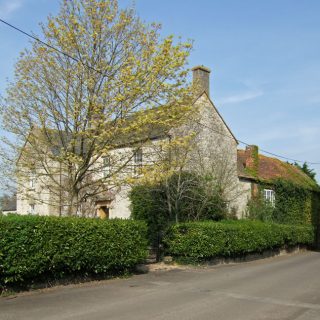
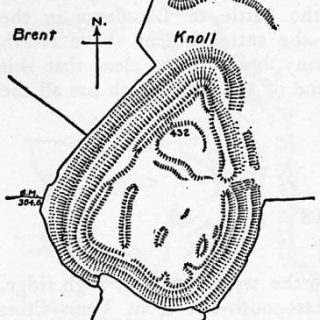
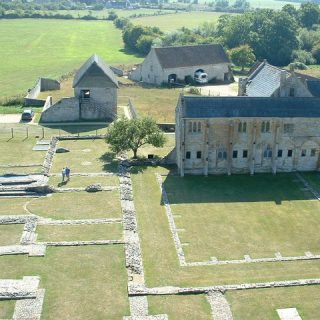
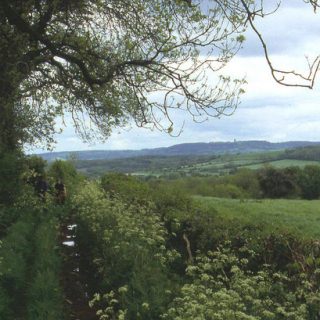
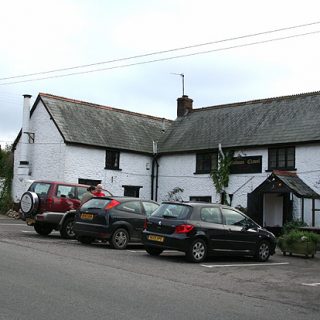
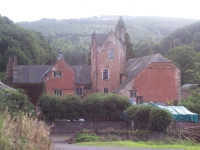
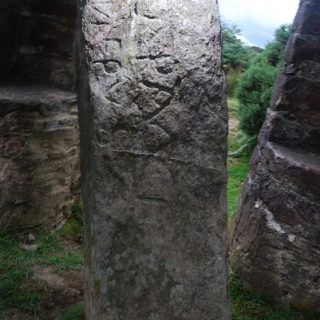
Recent Comments